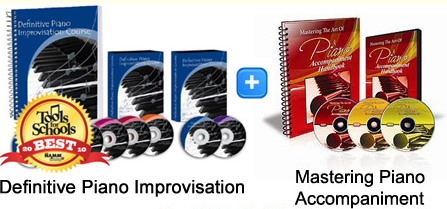Get Tips And Lessons to Your Lifelong Musical Journey!
Sight Written Music1. Look at the key signature. This could possibly be the most important piece of preliminary information you can have. Think very hard about which sharps or flats are listed in the key signature. You will want to remember to use those notes whenever they occur throughout the piece. 2. Look at the time signature. The measures will not make much sense to you if you do not know how many beats there are in each one of them. If you do not know what kind of note makes up a beat, you will be lost. 3. Look over the piece for any changes in key signature and time signature. You may be playing along and come across a change out of the blue. If you are not prepared for it, you might end up playing the song incorrectly from that point on. 4. Notice what note you will start on and what note or chord you will end on. It helps to know the starting point and the ending point of any song before you start to play it. This will guide you towards the finish of the song. 5. Glance at the type of rhythm that is used in the left hand. The left hand is usually the rhythm hand, though not always. If you count out the notes of the left hand before you begin, you will have a better idea of how the song is going to go. 6. Do a one-handed once-over of the melody. Just play the melody line by itself to get the sound of it into your mind. Once you know that sound, you have unlocked the uniqueness of the song. When you begin to play the song all together, the melody will stand out in your mind as a significant thread. 7. Look at any other markings that are on the piece. Some of these markings will be covered in Music Terminology. They include the loudness or softness of a piece, how short or long you hold the notes, and the overall speed of the music. 8. Take a deep breath, focus, and begin to play. You should try to play the song all the way through when you sight read it for the first time. There will be time later to break it down into measures and work on each one if that is what you want to do. For the time being, however, just do your best and keep going. You might wonder why it is important to know how to sight-read in the first place. After all, you could learn the song a little at a time. Sight-reading forces you to keep trying until you reach the end of the song. When you sight-read properly, you avoid some bad habits. You avoid the habit of looking at each note slowly before you play it. You also avoid the habit of starting and stopping every time something goes the least little bit wrong. If you want to play perfectly from the very first sight of a song, you might as well forget it unless you are very experienced or talented. Sight-reading gets you started on the road to learning to play better. "Step-By-Step Piano Video Tutorials Imagine Slashing Years Off Your Learning Curve By Tapping Into My System That I’ve Refined Into A Step-By-Step,
Easy To Follow Home-Study Course That Have You Improvise On The Piano Expressively In As Little As Weeks!" Click Here Now For Instant Access!
| ||
|
